Forgotten Civilizations: Exploring the Lost Kingdoms of the World
Dearest gently reader, this is a story of misery, bonds and culture that takes us back to the Bronze Age or the early Iron Age. We all have heard of Egypt, which was a great civilization built on the prosperous floodplain of the Nile Valley in Northeast Africa. The first thing that pops up into our minds when hearing the name ‘Egypt’ is pyramids. The gigantic masonry structures engineered on that deserted land still raise unsolved puzzles in the minds of architects.
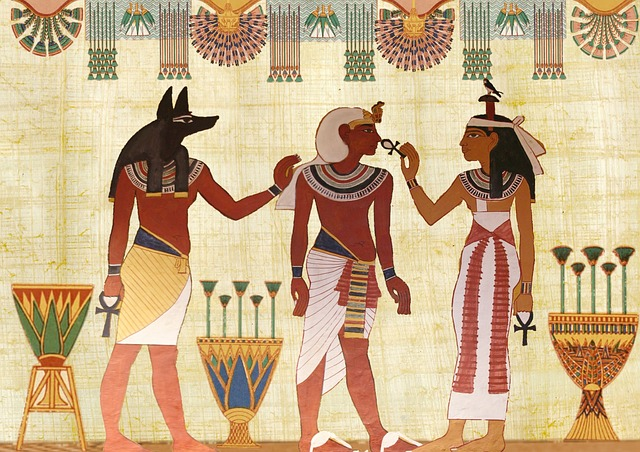
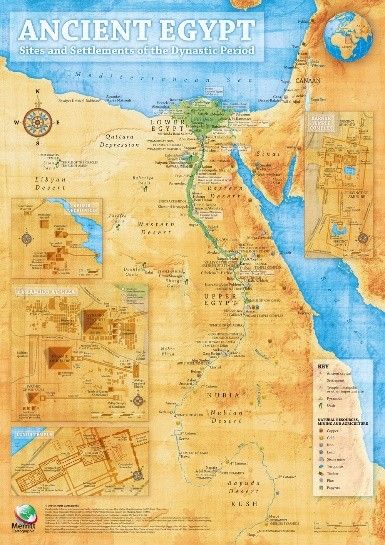
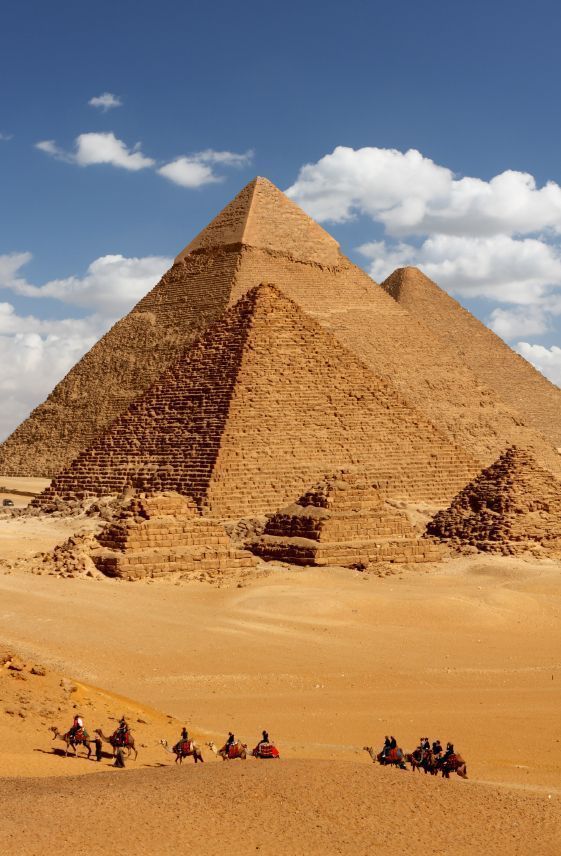
The Egyptian era is a cornerstone of human civilization with a series of stable ruling periods known as the “Old Kingdom of the Early Bronze Age”, “Middle Kingdom of the Middle Bronze Age”, and the “New Kingdom of the Late Bronze Age”.
During the latter part of the New Kingdom era, this splendid civilization began to deteriorate due to foreign invasions. However, before that period of anarchy, Egypt reached the pinnacle of human civilization in areas such as agriculture, administration, social development, culture, literacy, architecture, technology, scientific investigation and trading.
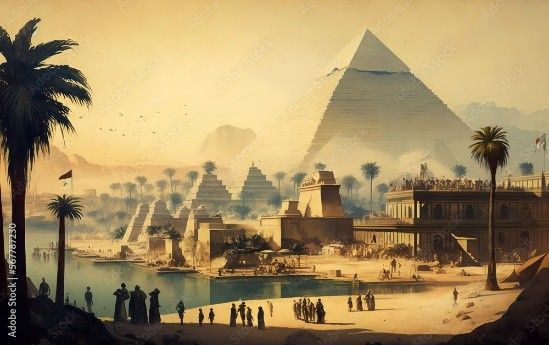
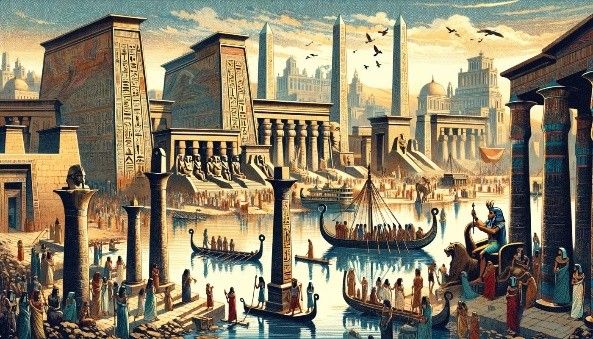
The prosperity of the Egyptian kingdom was mainly based on adaptability to the conditions of the Nile River valley, such as flooding and irrigation. This led to producing surplus harvests, increased population, and social development.
There is evidence showing ancient Egyptians have done mineral exploitation in desert regions and built monuments, tools, sculptures, and jewelry. So, the most interesting fact is that the ancient Egyptians used sulfur to create cosmetic substances.
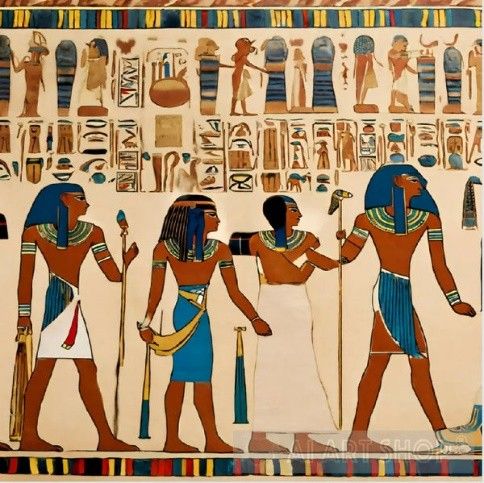
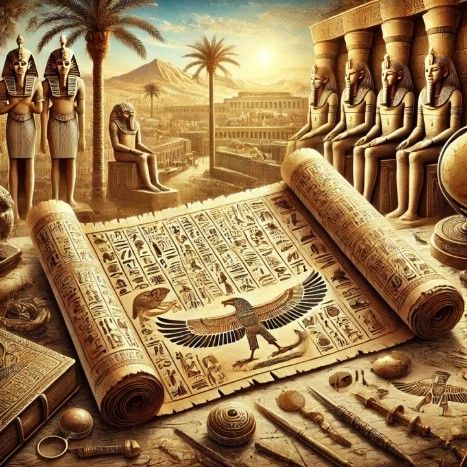
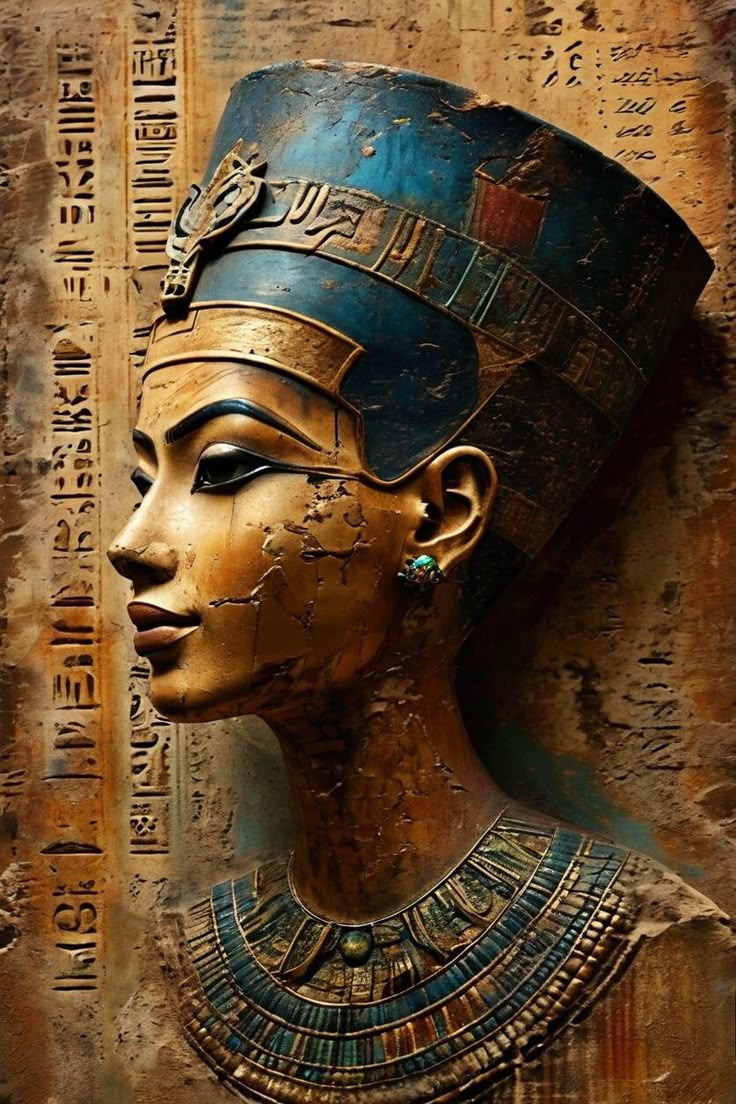
Did you know that Egyptians traded with other foreign kingdoms to obtain exotic goods and other raw materials that were hard to find in Egypt?
One of their main trading partners was the Kingdom of Punt, which was also revered as the “God’s Land”. Egypt was a well-documented and influential civilization while the Kingdom of Punt was an enigmatic trading partner.
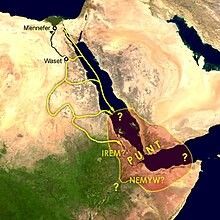
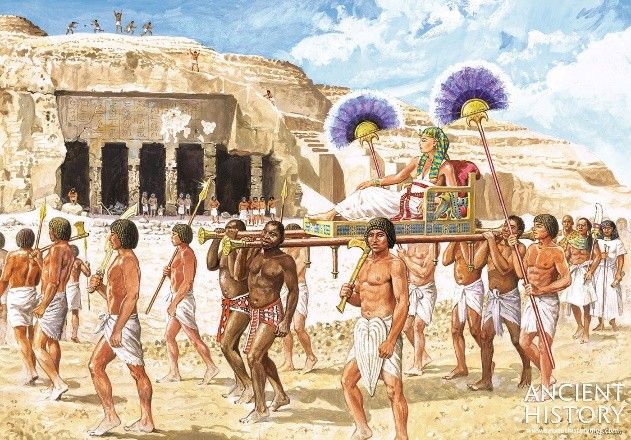
Even though the exact location of Punt has been a mystery, archaeologists argue that the kingdom was built around modern-day Somalia, Etritrea, Ethiopia, or Yemen.
The land of Punt was well-known for exotic animals, Gold, blackwood, ivory, ebony, myrrh trees, frankincense and aromatic resins. However, the trading relationship between Egypt and Punt was not one-sided. Egyptians arrived in Punt with their tools, weapons and jewelry to exchange with Punt’s trade goods.
Egyptians always admired the Kingdom of Punt as a land of divinity and abundance due to its richness and prosperity. History shows several expeditions from Egypt to Punt and the most famed one was Queen Hatshepsut’s expedition. The main purpose was to bring mortuary goods to ‘Karnak’, a temple complex, in exchange for Nubian gold. Information about this trading relationship was documented in detailed reliefs at the Temple of Queen Hatshepsut in Deir el-Bahri.
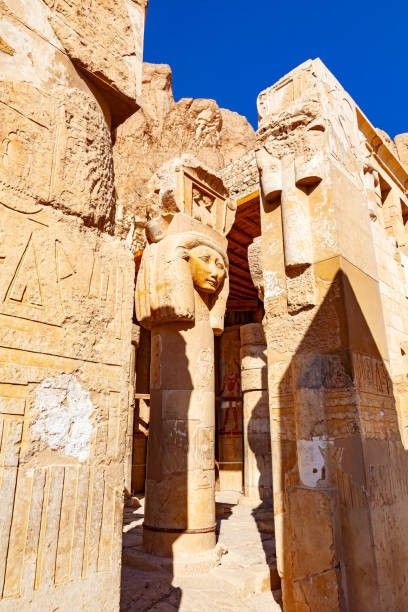
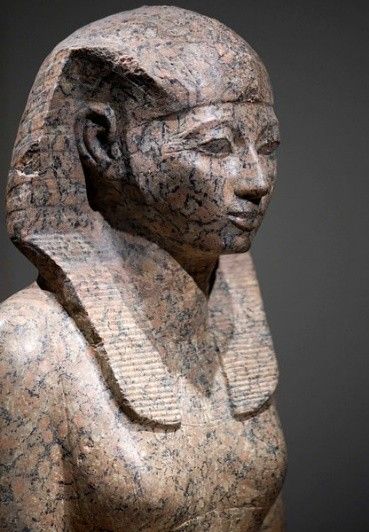
When studying the culture, trade, social development, sustainability and governance of ancient civilizations like Egypt and Punt, we can see how they have efficiently managed their resources, maintained mutual relationships, their innovative nature and adaptability, and ethical globalization.
The Egyptian pyramids stand as a great achievement of mankind, while Punt reminds us that even the mightiest civilizations can lose to time. Yet, all these ancient civilizations set timeless examples for the modern world.



